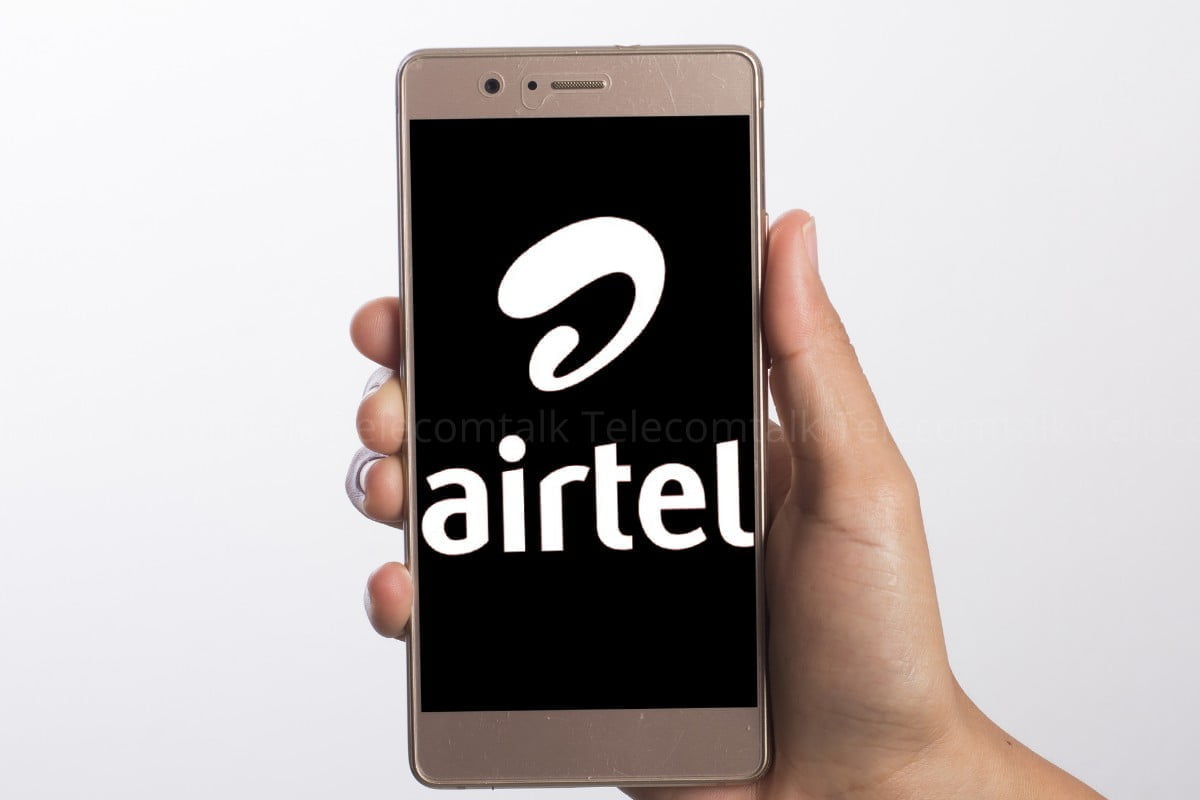Bharat Sanchar Nigam Limited (BSNL), the market leader in the wireline segment, is continuously losing market share to private telecom operators. Much recently, data came to the surface that Jio had overtaken BSNL in the fixed-broadband business. It won’t be long before Airtel does the same. Both Jio and Airtel have a strong presence in the fiber broadband market with their fixed-line service brands - JioFiber and Airtel Xstream Fiber. “BSNL is the market leader in the wireline segment, but it is continuously losing market share to Airtel and Jio. In Nov, Jio overtook BSNL as the country’s biggest fixed-line broadband provider. Airtel is also not far behind and would probably beat BSNL in the coming months,” Charu Paliwal, an analyst at Counterpoint Research, told TelecomTalk. BSNL Not Being Able to Invest in Fiber Infra the Reason Behind Losing Market Share BSNL doesn’t have the capacity of investing in fiber network and infrastructure the way its competitors do. Both Jio and Airtel aren’t just expanding in the urban cities but also the rural areas of the country. With their competitive pricing, better branding, marketing, and wider availability, Jio and Airtel are eating up the market share of BSNL. “BSNL is in this situation because Jio and Airtel are rapidly expanding their fiber infrastructure and service offerings in various parts of the country, including rural areas. Their aggressive marketing plans and growing penetration is helping them to take away BSNL market share,” added Paliwal.
Vodafone Idea Losing Wireline Customers Too
Vodafone Idea (Vi) never really had a big broadband presence in India to start with. Whatever it has, the telco is losing that as well. The Telecom Regulatory Authority of India (TRAI) report shared that Vi lost not only wireless customers but also wireline customers. The telco operates its fiber business through a subsidiary called You Broadband. But Vi has been unable to make an impact with its fiber services. Even BSNL is considered as a superior brand to Vodafone Idea when it comes to wireline services, including fiber broadband. “Vi is unable to retain its subscribers against the stiff competition from the industry. Jio and Airtel are continuously expanding network coverage in rural areas, which is helping them take Vi rural market share and grow their subscriber base. Price sensitive prepaid customer segment of Vi is switching to other affordable options. Vi needs to invest in its network and expand 4G coverage to arrest the growth of disconnections,” Paliwal said. Even the telco’s 4G business is not going good. On Friday, Vi announced its quarterly earnings report for Q3 FY22. The telco reported a wider loss of Rs 7230 crore in the December quarter as compared to the loss of Rs 7132 crore in the previous quarter. However, Vi’s ARPU grew to Rs 115 from Rs 109 in the previous quarter, which was the only positive for the telco during the December quarter. The churn rate increased, as was expected, due to the prepaid tariff hikes. The telco needs money from investors and fundraising activities to be able to arrest subscriber loss by investing in networks aggressively.
